Samsung Electro-Mechanics announced on November 23 that it has developed a high-capacitance, high-voltage MLCC for 5G communication base stations. Samsung Electro-Mechanics' new MLCC is the size 3225 (3.2mm in width, 2.5mm in height) with a high capacitance of 10uF (microfarad) and a high rated voltage (highest voltage that equipment can withstand without being damaged by voltage) of 100V (volt). Samsung Electro-Mechanics plans to supply this product to global telecommunications equipment partners starting next month.
5G communication can process large amounts of data at high speed by using high-frequency bands, requiring a lot of base stations because of the use of high frequencies. Compared to 4G LTE, 5G communication base stations have more transmitting antennas and parts with increased power consumption and heat generation.
As a result, the MLCCs mounted on 5G communication base stations must be high-capacitance to minimize the component mounting area and supply power stably. In addition, high-voltage products are required due to the characteristics of base stations that use high operating voltages to reduce power loss, and the products should also be highly reliable to operate normally in the face of environmental changes such as temperature and humidity.
The MLCC developed by Samsung Electro-Mechanics this time achieved the high capacitance of 10uF to supply energy quickly and stably to high-performance semiconductors. In addition, it can replace two to three low-capacitance MLCCs, thereby reducing the mounting area of components.
Furthermore, the 100V rated voltage can be safely applied to 5G communication base stations, and the increased reliability allows the MLCC operates normally against environmental changes such as external shock and vibration, temperature, and humidity. In particular, the new product boasts the industry-best tensile strength with 3mm guaranteed.
According to a global market researcher, the 5G communication base station market is forecast to account for 85% of the total market by 2025, reaching about KRW 35 trillion. 5G communication using high frequency requires a significantly increased number of base stations as the coverage (serviceable area) of a base station is shorter than that of 4G LTE. The number of MLCCs used for each 5G base station is about 20,000, which is four times that of 4G LTE, so the MLCC market demand for base stations is expected to grow rapidly.
"The commercial rollout of 5G communication technology has led to the growing demand for base station equipment, fueling the demand for high-performance and high-reliability MLCCs," said Kim Dooyoung, Executive Vice President of the Component Solution Unit at Samsung Electro-Mechanics. "We will enhance our technological edge by developing and manufacturing core MLCC materials in-house and maintain market leadership by internalizing our facilities and increasing the production capacity to contribute to the success of our customers.”

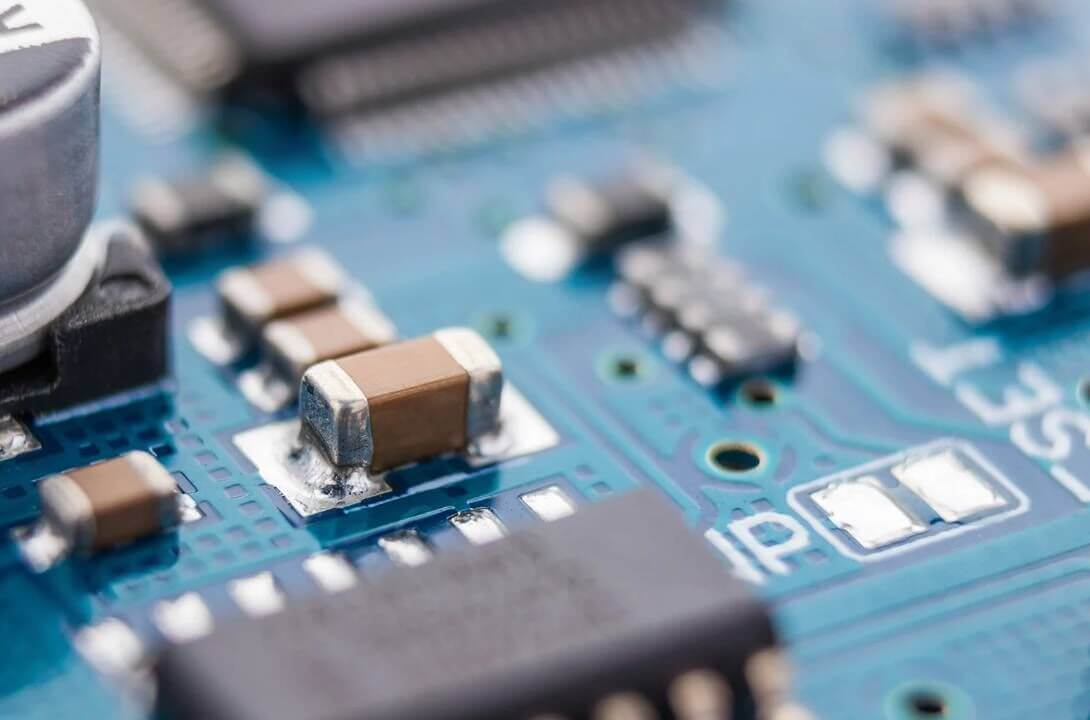






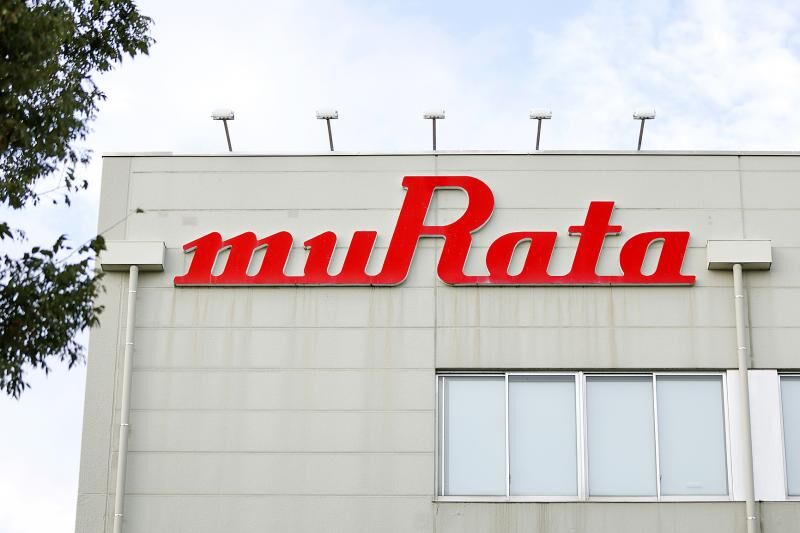
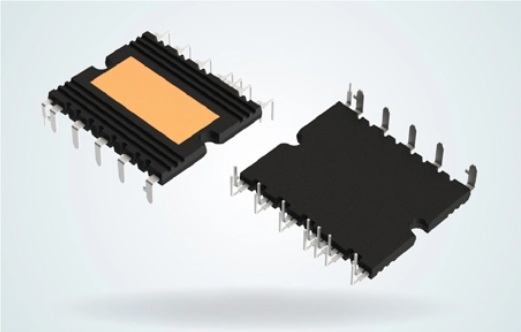
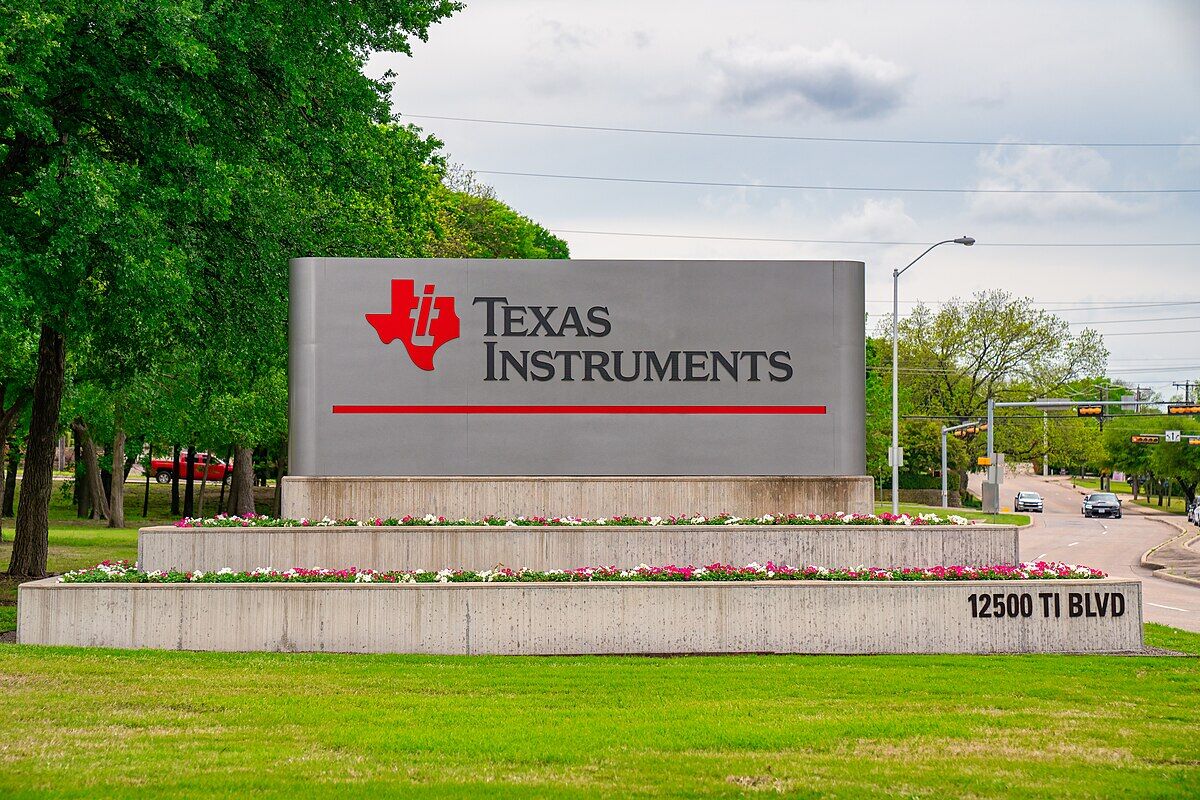
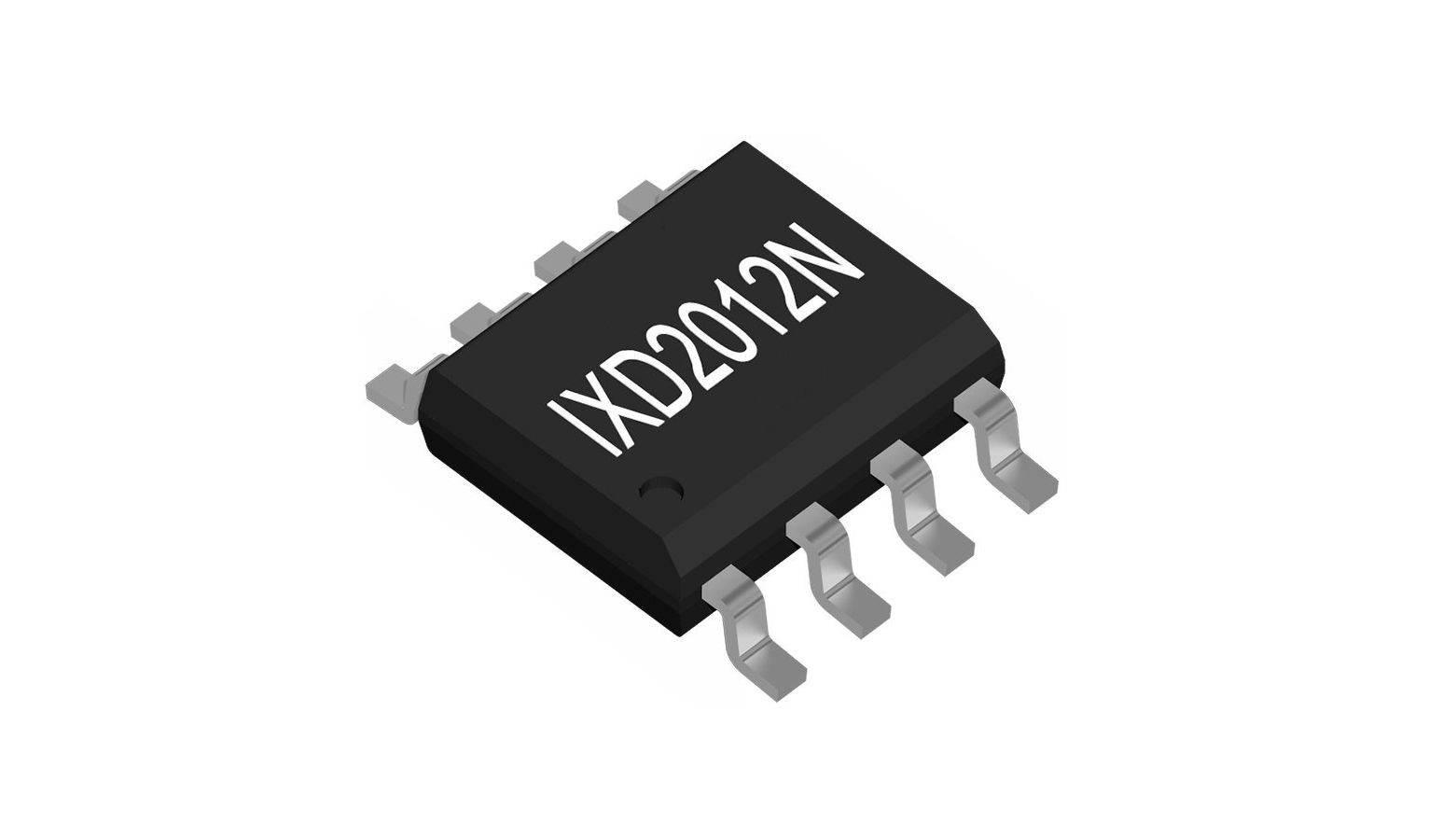
All Comments (0)